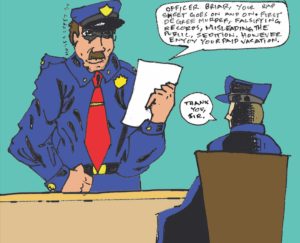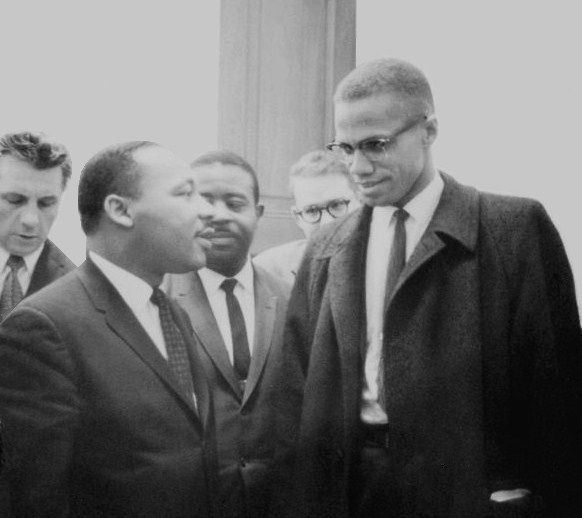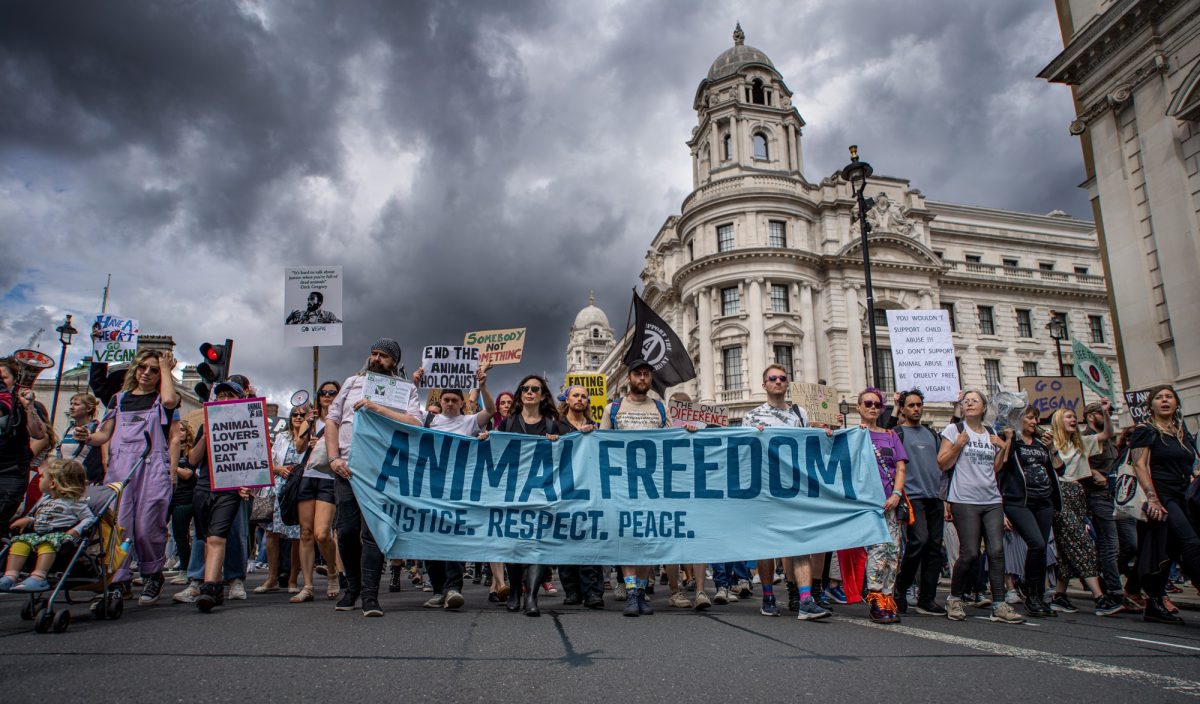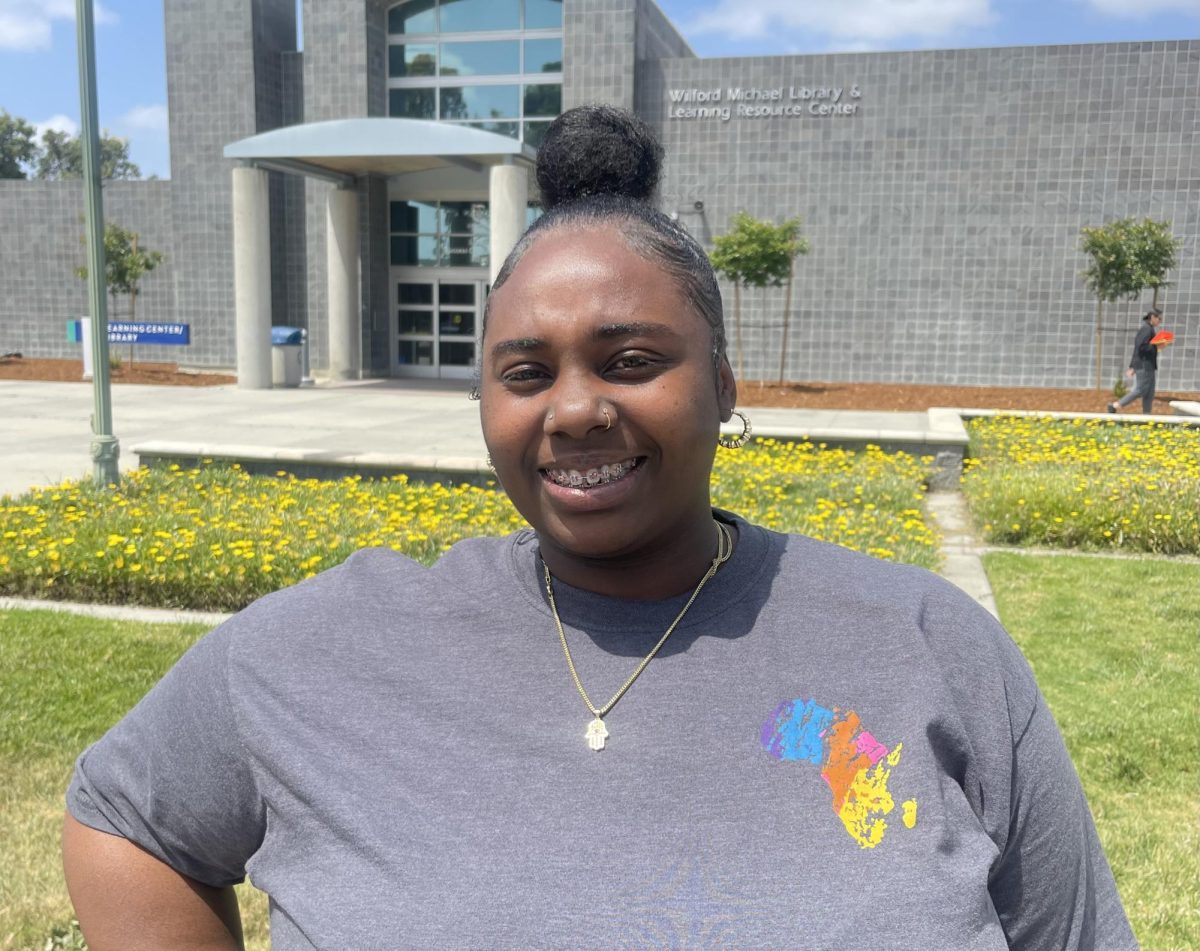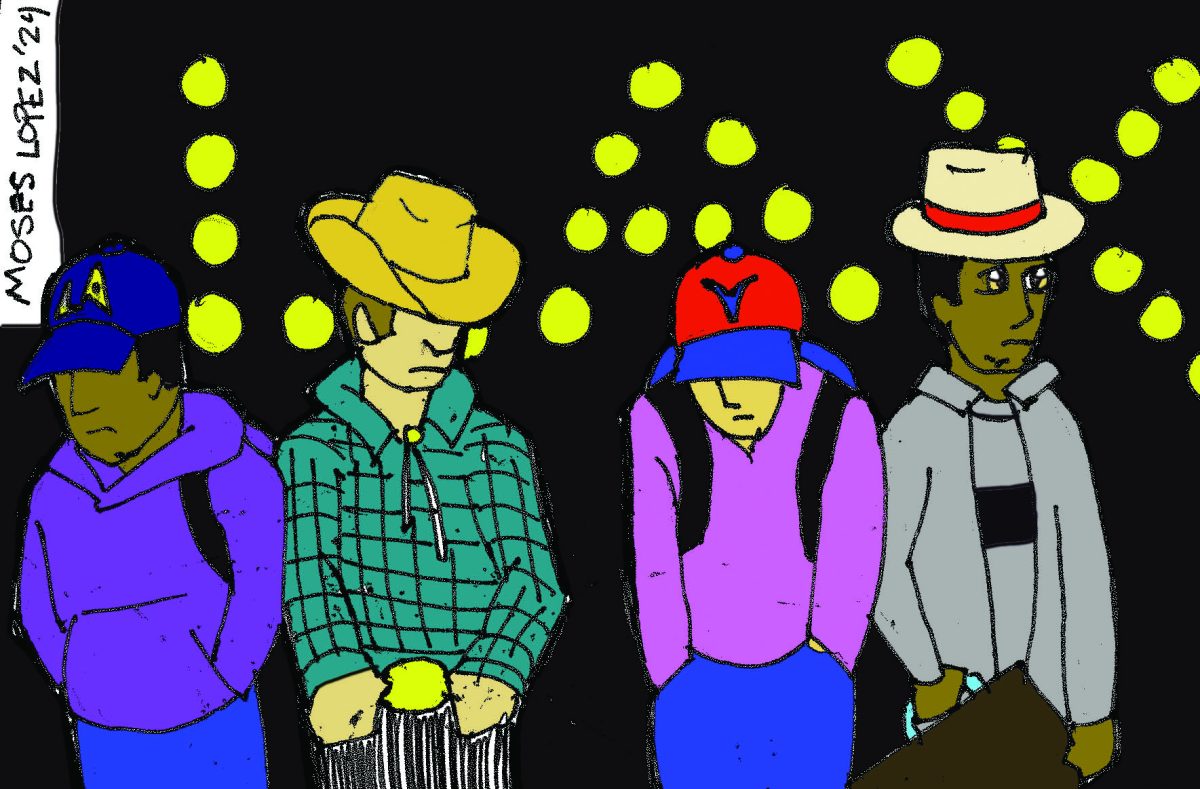American history is inseparable from Black history.
But the liberal-conservative consensus that dominates American historiography has done the unforgivable by removing the radical, internationalist and socialist vision of some of the most celebrated Black figures of the American past, if they haven’t deleted them all together.
It’s important to recognize the figures that have pushed for change in our society. Figureheads like Martin Luther King Jr. and Rosa Parks have been recognized as trailblazers for civil and equal rights.
Others, like Marsha P. Johnson, a Black trans woman, are finally being recognized for their contributions to LGBTQ+ movement years after they took their stand at the Stonewall Uprising.
Black women in general are written out of the long history of black resistance to white supremacy.
For too long, there has been an effort to whitewash activists, specifically Black activists, to make them more “palatable” examples for the masses.
This is indicative of a deeper problem in American culture. To not tell the full story of these trailblazers is an absolute disrespect to all the hard work they did and the values that they stood for.
Instead of artificially shaping the public’s view of these figures, we must reckon with the values that they stood for, the experiences that shaped them and the vision they had for the United States, specifically the ones that don’t make it into our history classes.
To elaborate, we’ll look at Martin Luther King Jr. and Rosa Parks.
King has been well known to the public as an activist who pushed for racial equality and protested through non-violent methods.
This is all true, but it’s intentionally dishonest for Americans to ignore some of King’s stances on capitalism and how it in turn leads to a society that encourages the exploitation of those who live under the poverty line.
The economic theory that King held at the end of his life was socialism.
He often criticized our capitalist society we are taught to defend, and in a speech to the Southern Christian Leadership Conference (SCLC) on March 30, 1967, said “The evils of capitalism are as real as the evils of militarism and evils of racism.”
Capitalism, to King, was flawed at its very core, and he encouraged a radical change in this respect.
What brought Dr. King to Memphis in 1968, just before his assisination, was striking in solidarity with Black sanitation workers, whose slogan “I Am a Man” sums up the crucial link between economic justice and equal rights that King knew only too well.
It’s best explained by King himself.
In a report to SCLC staff in 1967, King wrote: “We must recognize that we can’t solve our problem now until there is a radical redistribution of economic and political power… this means a revolution of values and other things. We must see now that the evils of racism, economic exploitation and militarism are all tied together… you can’t really get rid of one without getting rid of the others… the whole structure of American life must be changed. America is a hypocritical nation and [we] must put [our] own house in order.”
It’s no surprise this isn’t taught to us. Conservatives cynically tweet self-serving King quotes once a year to chastise Black activists while liberals punch left by misinterpreting King’s pacifism as the end-all-be-all of his political philosophy.
Dr. King is also used as a stand-in cover for the rest of the civil rights movement, distilling all of the work of grassroots organizing, labor movements and socialist revolutionaries that pushed America, by force, to accept a placeholder legislative solution to ingrained societal issues.
This individualized understanding of the push for Civil Rights is perhaps best emblemized through the legacy of another eminently famous Black activist: Rosa Parks.
In the case of Parks, we’re taught that she was an African American woman who was asked to give up her seat on a bus to a white person in Montgomery, Alabama. Tired of oppression, she refused.
This is all true, of course.
What is not taught however, is the fact that Parks had always been an activist and was involved in the civil rights movement years before that act of courage in Montgomery.
She was also specifically chosen to play the role of a protest pioneer, as Claudette Colvin was seen as too young and too pregnant. As frustrating as it may be for us now, 1950s America wouldn’t have looked as kindly on a pregnant teen for her courageous stand (or sitting).
It’s easier and more convenient for a country to paint a picture of a person who stood up against this oppression in a surge of courage. It’s an act that no one in their right mind would oppose now and looks nice and pretty in a textbook.
But by ignoring the deep body of Park’s work before and after her famous act, social change is minimized to simply an individual act separate from the long, arduous work of the sustained activism required to produce real structural adjustment.
Parks wanted to be remembered as “a person who wanted to be free… so other people would also be free” and she worked all her life to do that. It didn’t happen in a flash.
This is simply touching the surface of this invisible issue. Too many people are hidden from our gaze by people who determine what history is appropriate for consumption and what examples should set for Americans desperate for change.
Do your part by learning about people like Fred Hampton, Assata Shakur, Johnnie Tillmon and the Combahee River Collective. Talk to your friends and loved ones. Take these little covered heroes’ lessons to heart and don’t shy away from uncomfortable, unknown or revolutionary past that may point to a better future.



